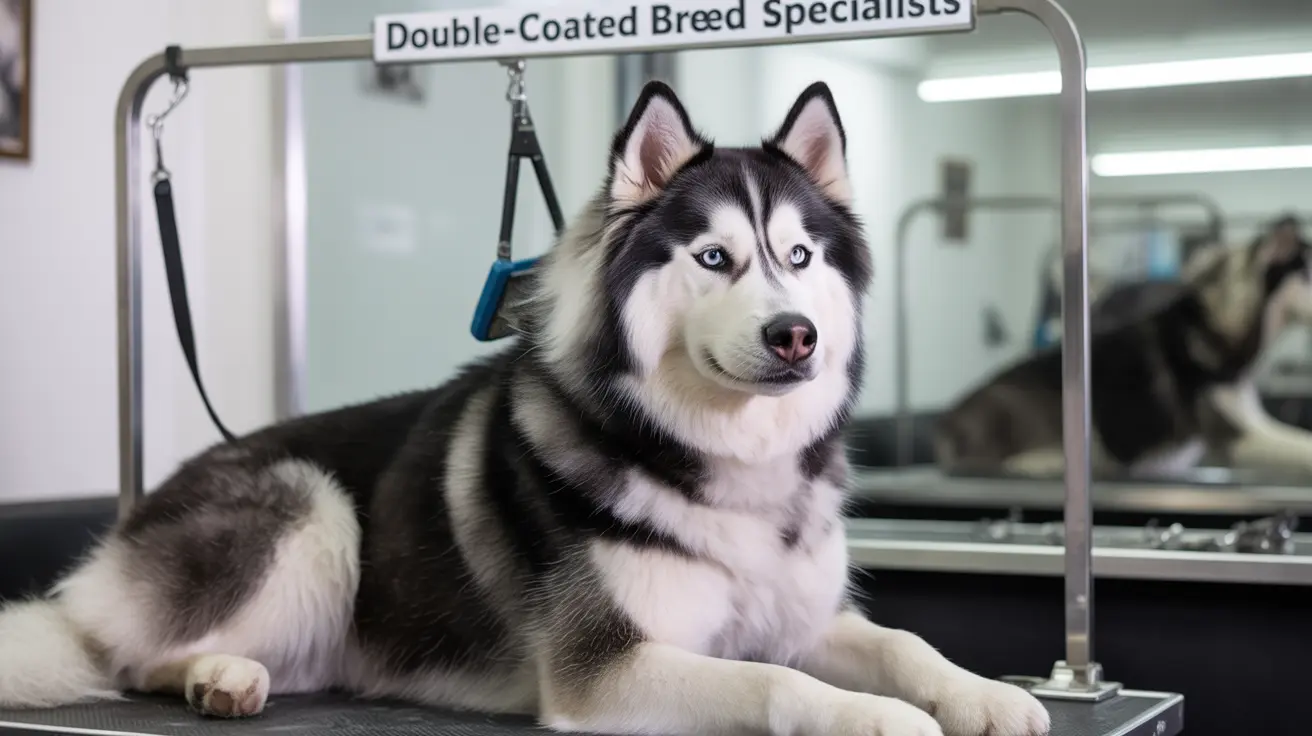What Dissolves Ear Wax in Dogs: Safe and Effective Solutions
Keeping your dog’s ears clean is an essential aspect of routine pet care. Dogs, especially those with floppy ears or who swim frequently, are prone to ear wax buildup, infections, and discomfort. Understanding what safely dissolves ear wax in dogs can ensure their ears remain healthy and free from complications.
Why Dogs Develop Ear Wax
- Breed tendencies: Dogs with floppy ears trap more moisture and air, increasing the likelihood of wax accumulation.
- Frequent swimming: Water in the ears creates an ideal environment for bacteria and fungi.
- Previous infections: Dogs prone to ear infections may produce more wax as a defense mechanism.
Recognizing Problematic Ear Wax Buildup
Regular inspection of your dog's ears helps prevent issues. Signs that your dog may have excessive ear wax include:
- Visible dirt or dark wax
- Frequent head shaking
- Sensitivity or scratching at the ears
- Foul odor
- Redness or swelling inside the ear canal
If you notice these symptoms, it’s time to consider cleaning your dog’s ears or consulting a veterinarian.
Safe Methods to Dissolve Ear Wax in Dogs
Never use human products like hydrogen peroxide or Q-tips, as these can cause irritation or damage. Instead, rely on veterinary-approved products:
- Liquid ear cleaners: Administer a few drops into the ear canal, gently massage the base for 20–30 seconds, then let your dog shake. Follow up by wiping away debris with a pet-safe cloth or pad.
- Enzymatic solutions: These break down wax and combat mild bacterial or fungal growth. Brands like Zymox Ear Cleanser are enzyme-based and gentle.
- Natural oils: Almond oil or mineral oil may be used (only under veterinary advice) to soften wax when paired with cleaning pads.
- Vinegar solution: A rinse of one part apple cider vinegar to two parts water may be used for routine cleaning in healthy ears.
Top Recommended Dog Ear Cleaning Products
- Epi-Otic Advanced Ear Cleanser: Non-irritating, dries canal, controls odor
- Zymox Ear Cleanser Solution: Enzymatic and gentle
- Vetnique Oticbliss: Medicated, includes antimicrobial agents
- Vetoquinol Ear Cleaning Solution: Reduces bacterial and fungal contaminants
- MalAcetic Otic Cleanser: Designed for yeast or mild bacterial infections
- VetOne VetraSeb Ear Cleaning Wipes: Convenient for surface-level cleaning
Application Tips
- Gently lift and straighten the ear flap before applying any product
- Use plastic or glass droppers to instill liquids—never deep-insert swabs
- Massage thoroughly to loosen debris
- Allow the dog to shake their head to help dislodge wax
- Use soft cloths or dog-safe wipes to remove residue
Important Safety Guidelines
- Don’t use alcohol-based products unless specifically formulated for pets' ears
- Never use Q-tips: These can push wax deeper or damage the eardrum
- Avoid homemade or essential oil treatments unless recommended by a veterinarian
- Check for infections: Redness, swelling, discharge, or odor may warrant veterinary care
- Clean only as needed: Over-cleaning can disrupt the natural ear environment
When to See a Vet
If your dog exhibits signs like persistent scratching, oozing, or head tilting, stop any treatment and consult a veterinarian. Infections and ear mites often require prescription-strength medicated cleansers or antibiotics.
Preventing Future Wax Buildup
- Clean your dog’s ears on a schedule recommended for their breed
- Avoid getting water into the ears during baths
- Dry ears thoroughly after swimming
- Choose gentle, vet-recommended products
- Reward your dog after cleaning sessions to reduce resistance
Conclusion
Maintaining clean ears is critical to your dog's overall health. By using dog-formulated ear cleaning liquids or wipes, you can safely dissolve wax and prevent infections. Stay informed, use the right products, and monitor your dog’s ear health regularly for a comfortable and happy companion.





